Leading design in the Onboarding Accelerator
Re-imagined the life insurance onboarding journey using the design thinking process over an eight-week period.
BackWhat does that name even mean?
Three teams (Canada, USA, and Asia) were set up to re-think our biggest journeys. I joined the Canadian team as a designer and worked side-by-side with key members of our senior leadership. Our purpose was to re-imagine the onboarding experience and lead the adoption of "new ways of working" by implementing agile and digital enterprise frameworks. Objectives included nurturing a client-first culture as well as establishing faster, more effective methods of collaboration. It was also — basically — a design thinking boot camp which I had the pleasure to lead.
Empathize
"Onboarding" itself was too large to tackle. We narrowed our focus to onboarding after purchasing individual life insurance — one of our biggest products. I conducted user interviews — 27 with existing or prospective clients, 12 with Sun Life advisors, and 4 with third-party advisors — as well as knowledge spikes with various experts. Our team balanced this qualitative approach with a quantitative survey.
We used the walls of our room to map out insights quickly on sticky notes and poster boards — this was right before COVID-19 and working from home. This method helped fuel our research, letting team members view findings with ease and add their own perspectives. This drove conversation while keeping us focused on the client.
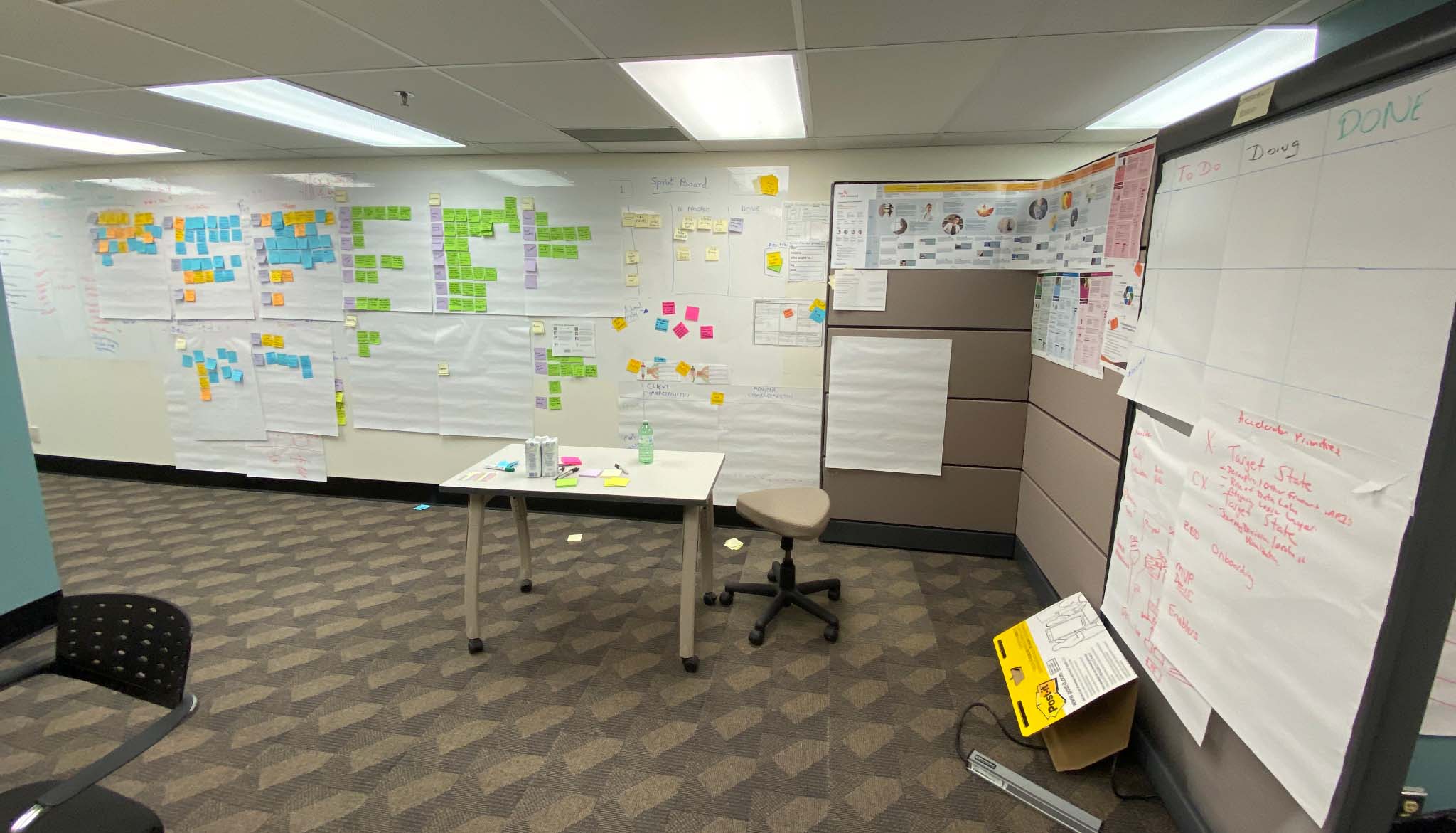

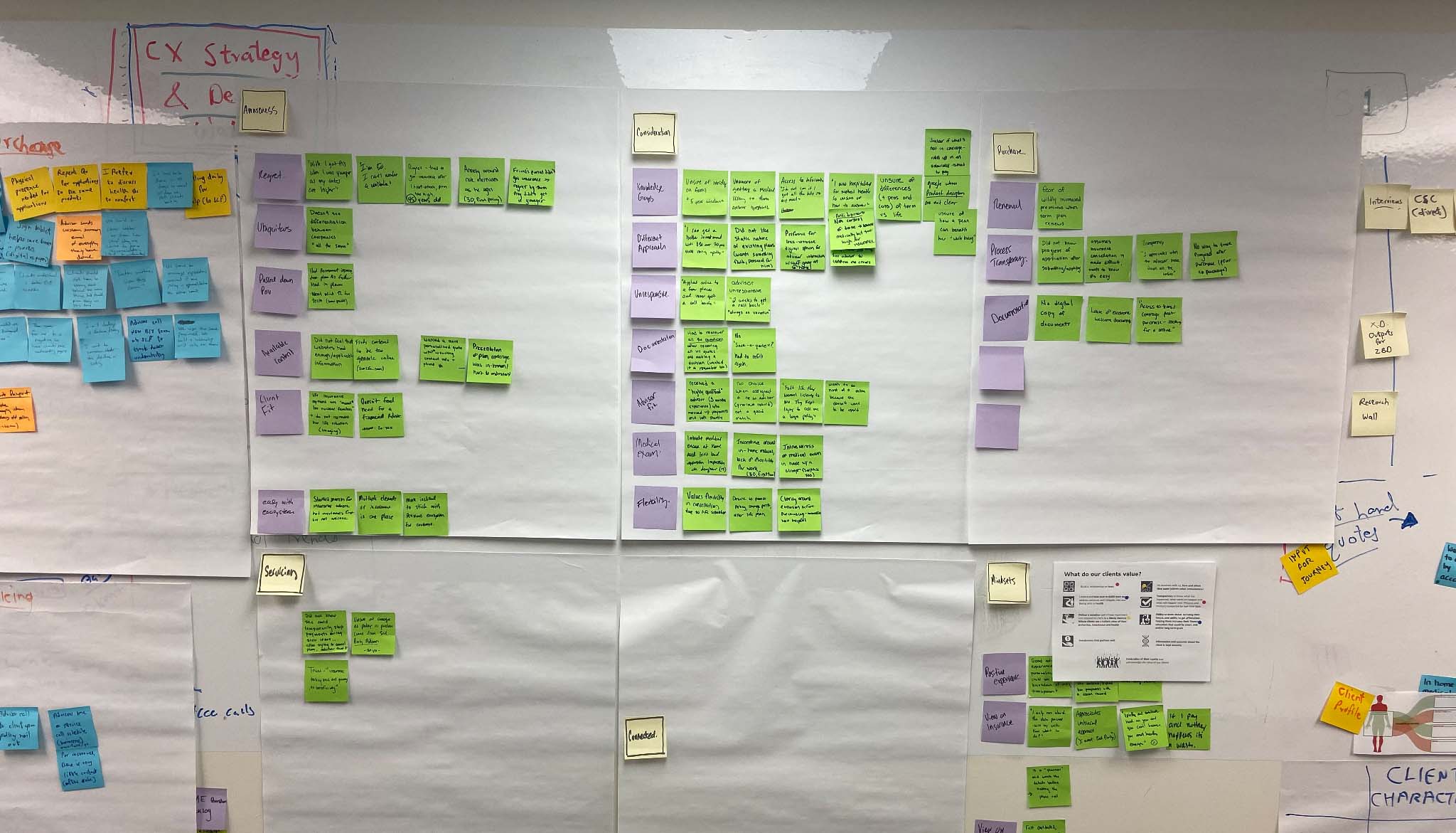
Personas and User Journeys
Testing insights were synthesized into artefacts. I created four personas (three clients and one advisor) to showcase major use cases and created four corresponding journeys to outline their feelings and experiences. These were used to facilitate a zero-based design (ZBD) workshop, walking senior stakeholders through the empathize, define, and ideate phases of the design thinking process.
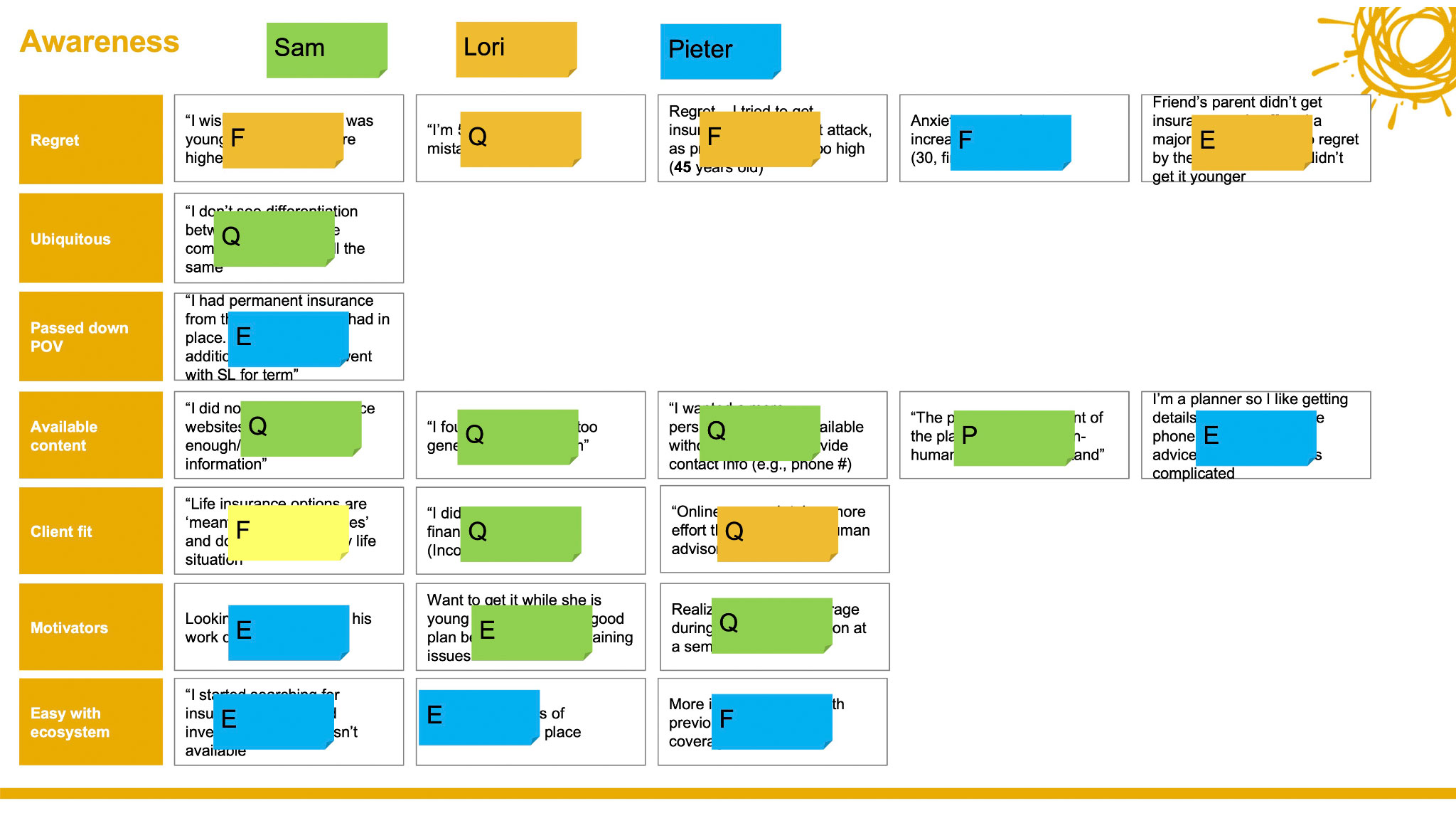
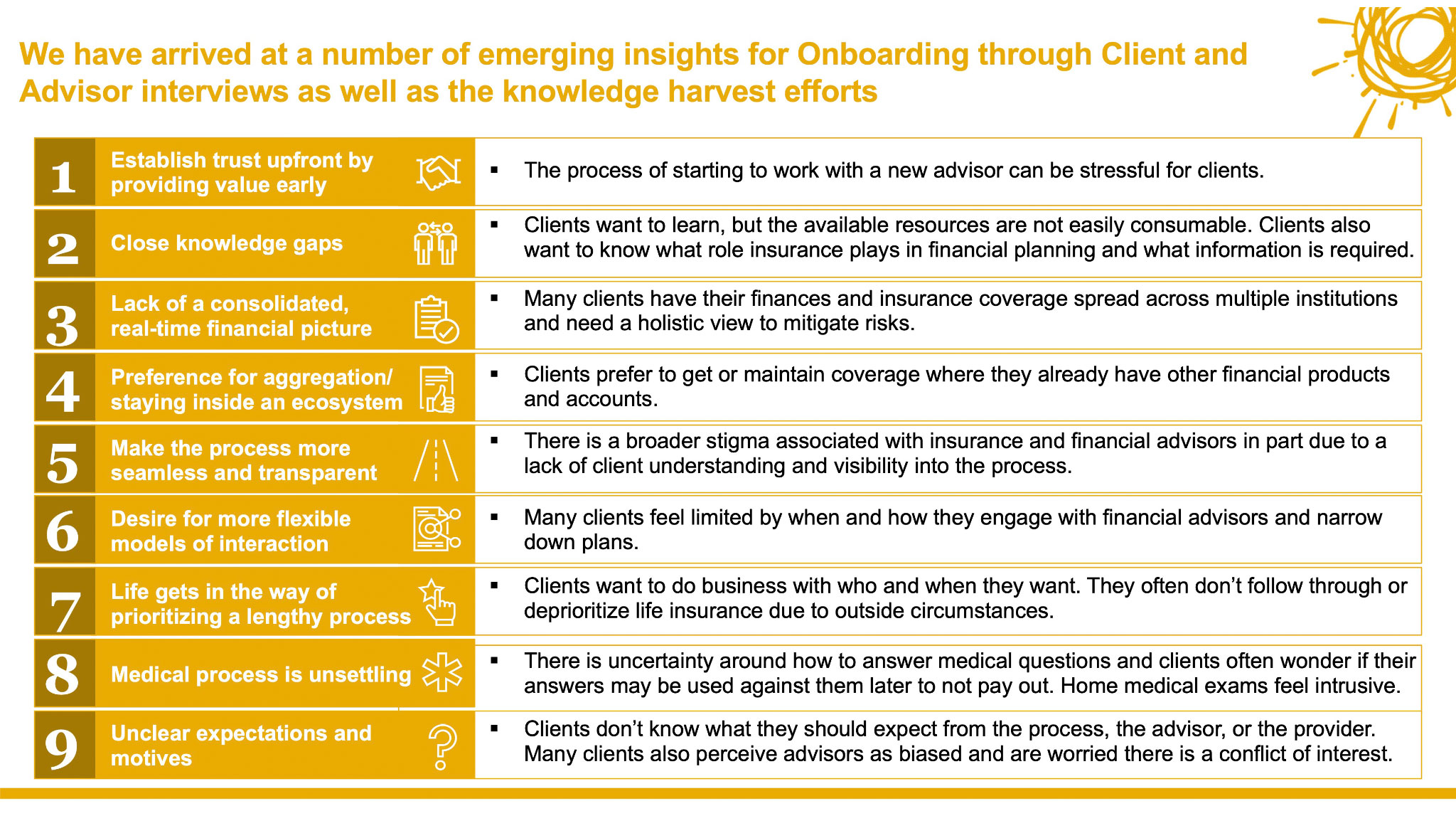
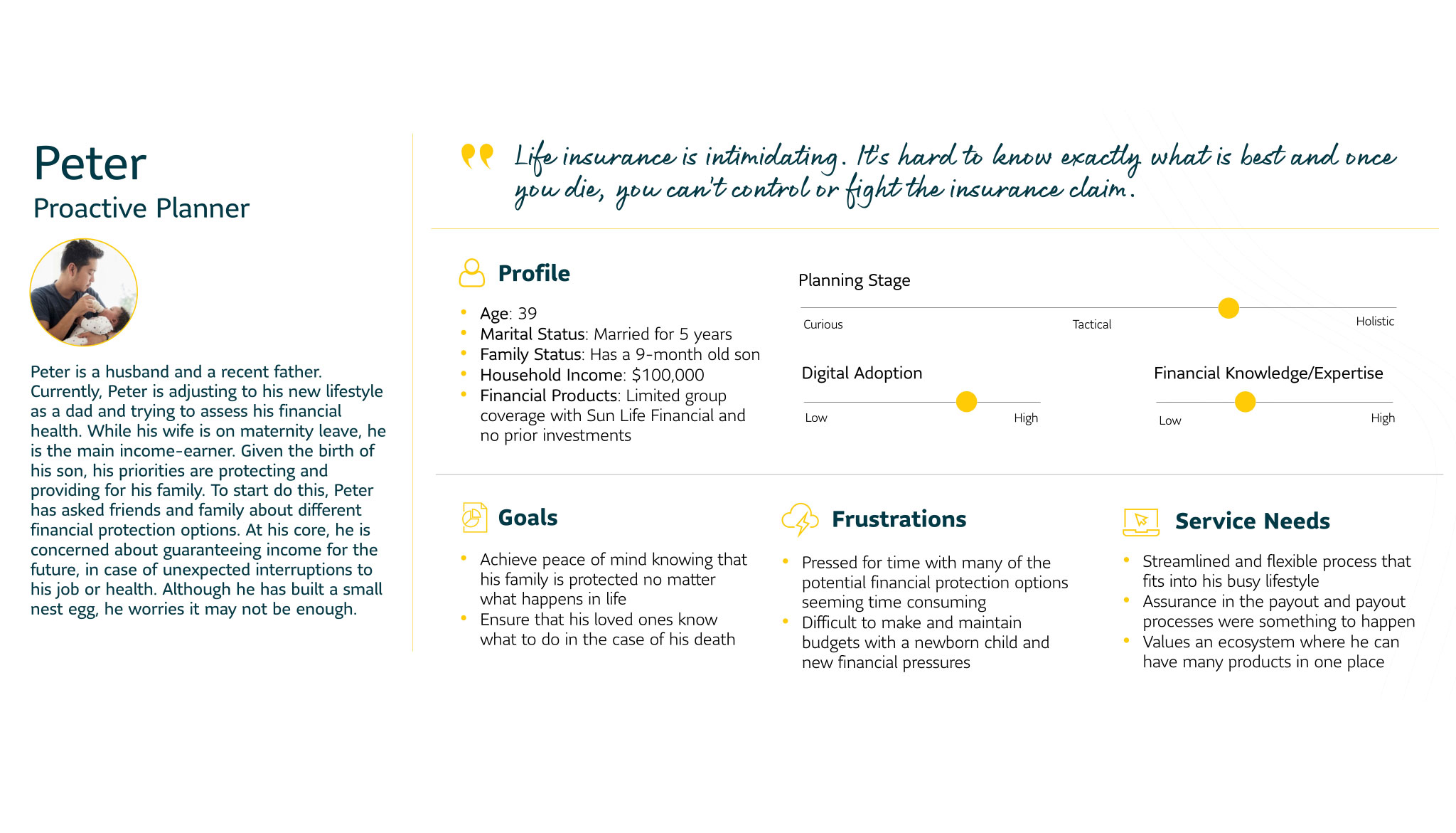
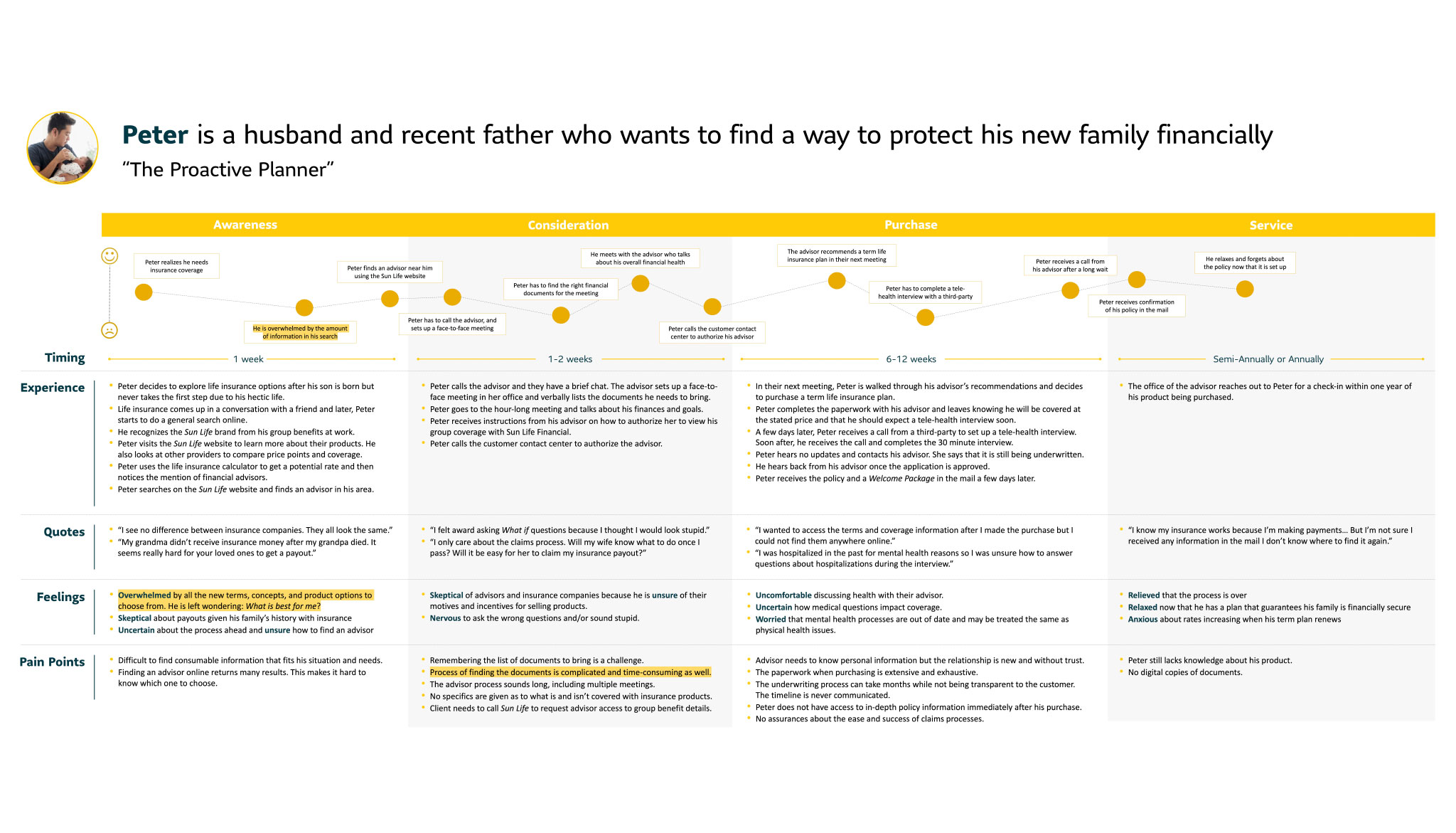
Zero-Based Design Workshop
Participants were split into four groups, each assigned to a different persona. The goal of the workshop was to define our vision for a future client journey. I was one of the key presenters, providing context and an overview of our research process. I also facilitated one of the groups. They learnt about the user, created empathy maps, generated problem statements, and ideated on ways to solve core issues. Each team ended up with a blue-sky journey that was shared back with the broader group. We generated a lot of fantastic ideas that would turn into a north star vision.

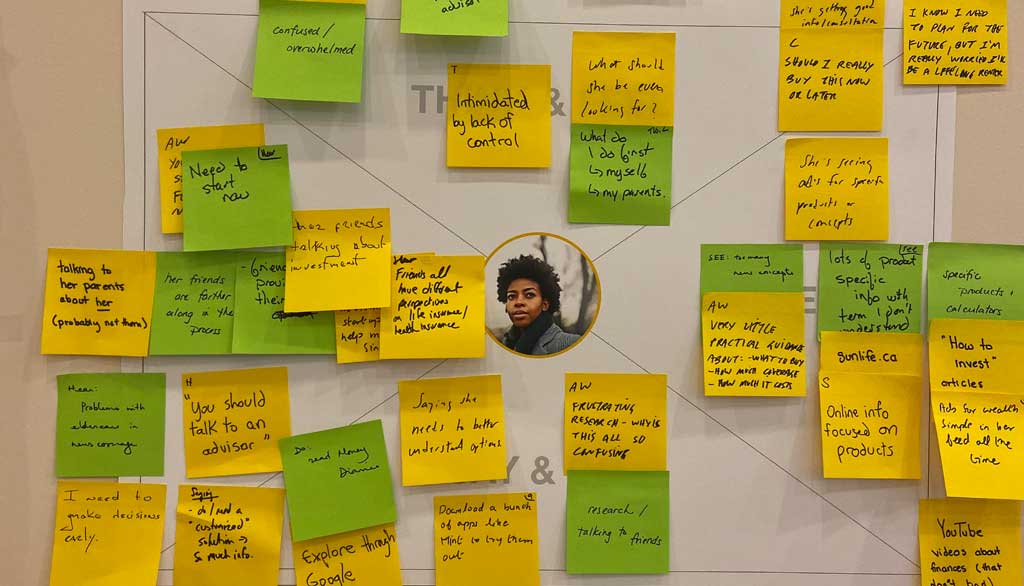
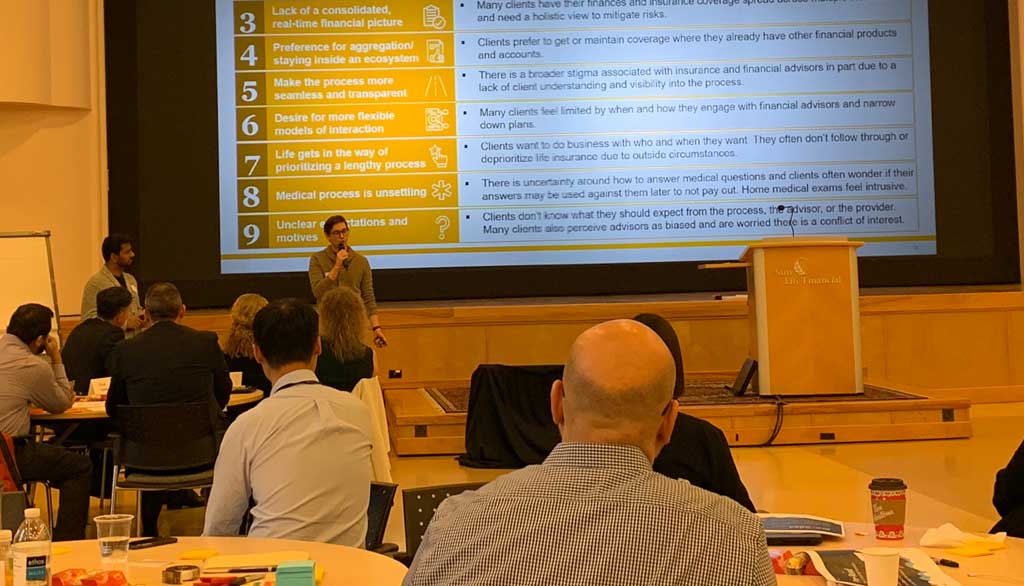
North Star
After the results of the workshop were documented and prioritized, I translated them into a north-star journey artefact. We now had a clearer vision: create a client-centric experience that bridged knowledge and behavioral gaps to make "someday" goals a reality; an experience that is transparent, streamlined, and able to cut across channels to easily fulfil client needs. The north star enabled our team to break down our aspirations into potential epics, and assess them in an MVP workshop.



MVP Workshop
In groups, participants discussed each epic and rated it based on desirability, feasibility, and viability. This revealed the most opportune epics to pursue first. Our team then turned this into an initial user journey, and I created a set of lo-fi wireframes to help visualize the potential experience. If you would like to read more about the build process, I encourage you to visit my starting a family project.

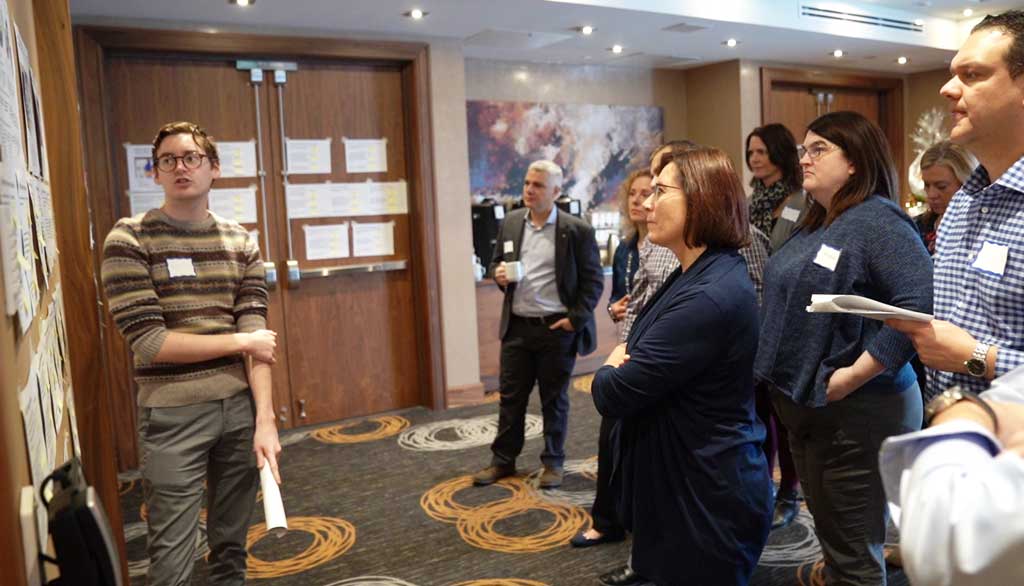
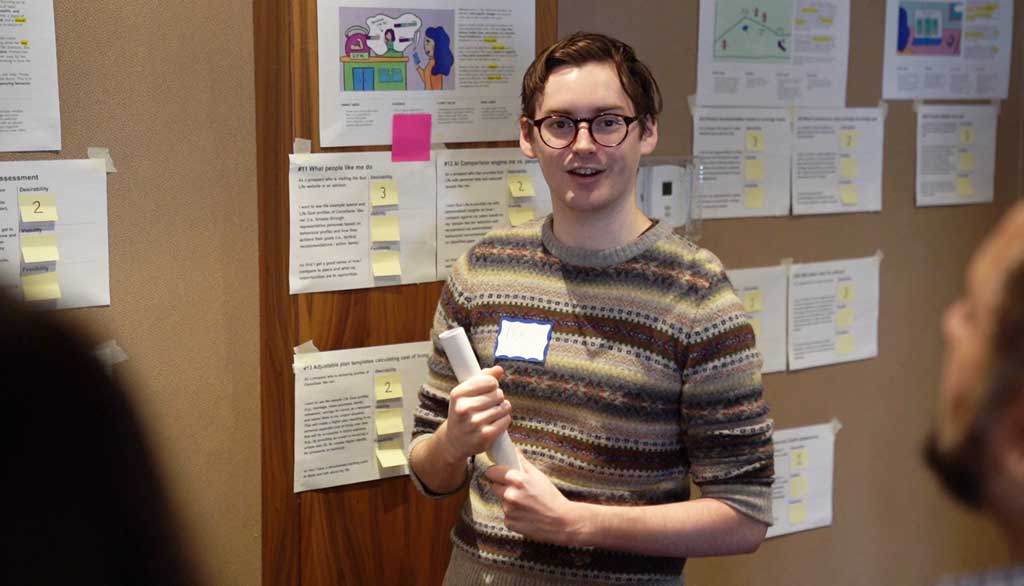
Advocating for Design
My time in the accelerator was an incredible learning experience. I had to produce design work in a high-stress, high-visibility project, and come into my own to lead design. It also put me in a position to advocate for design throughout the organization. I was able to share my work at a quarterly Client Experience meeting and present weekly to stakeholders (which occasionally included our CEOs). I was also interviewed for a video that was shown at our global Senior Leaders Conference. It was also used in an e-learning course, unbeknownst to me.
